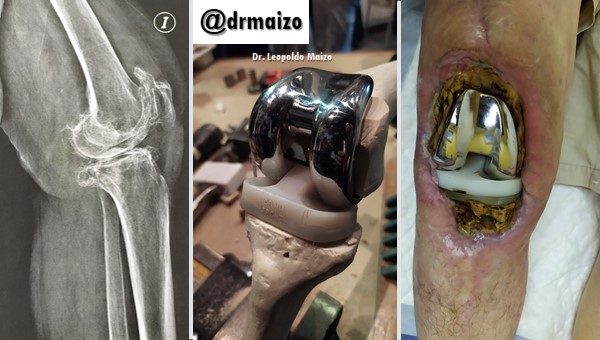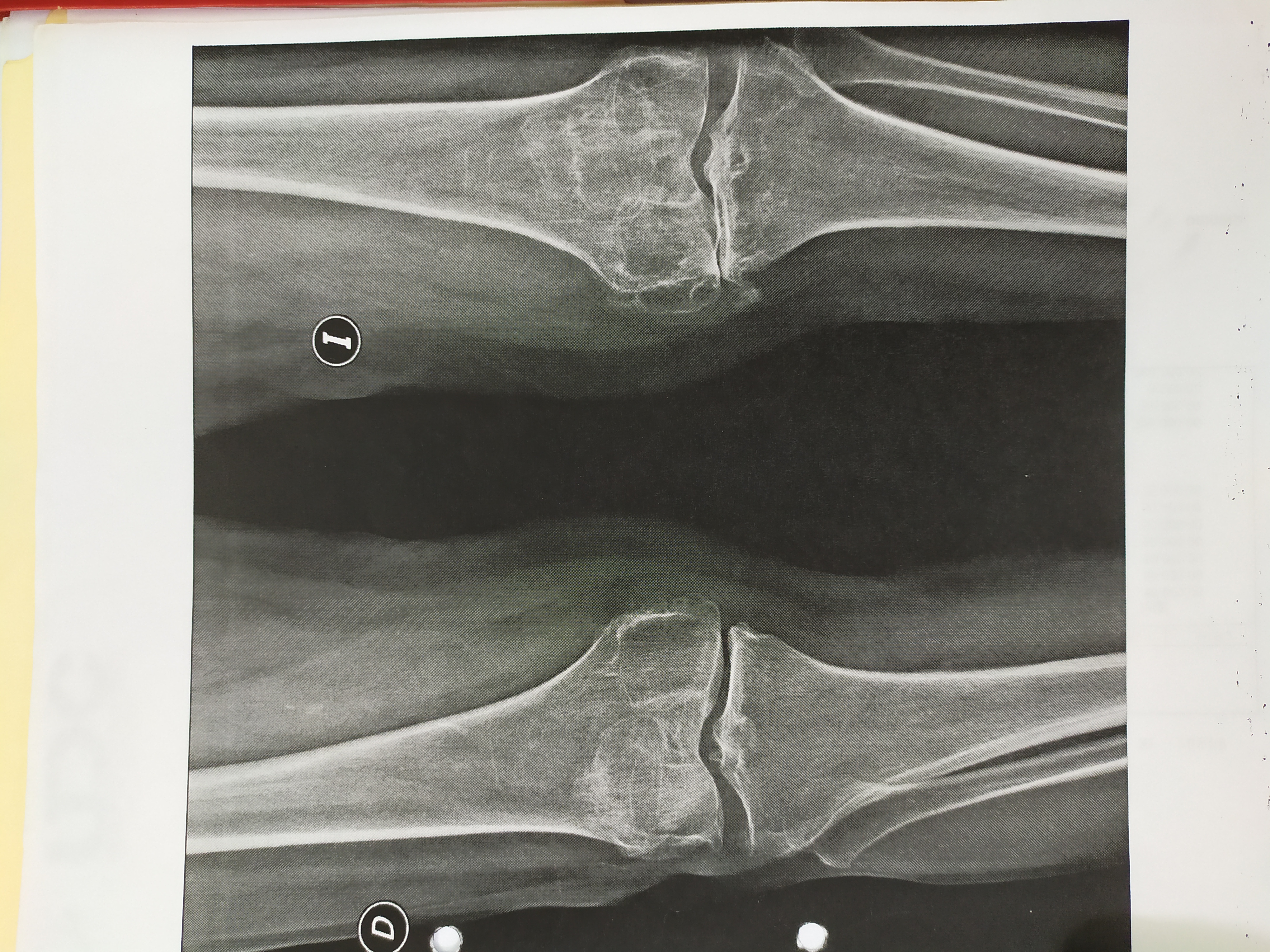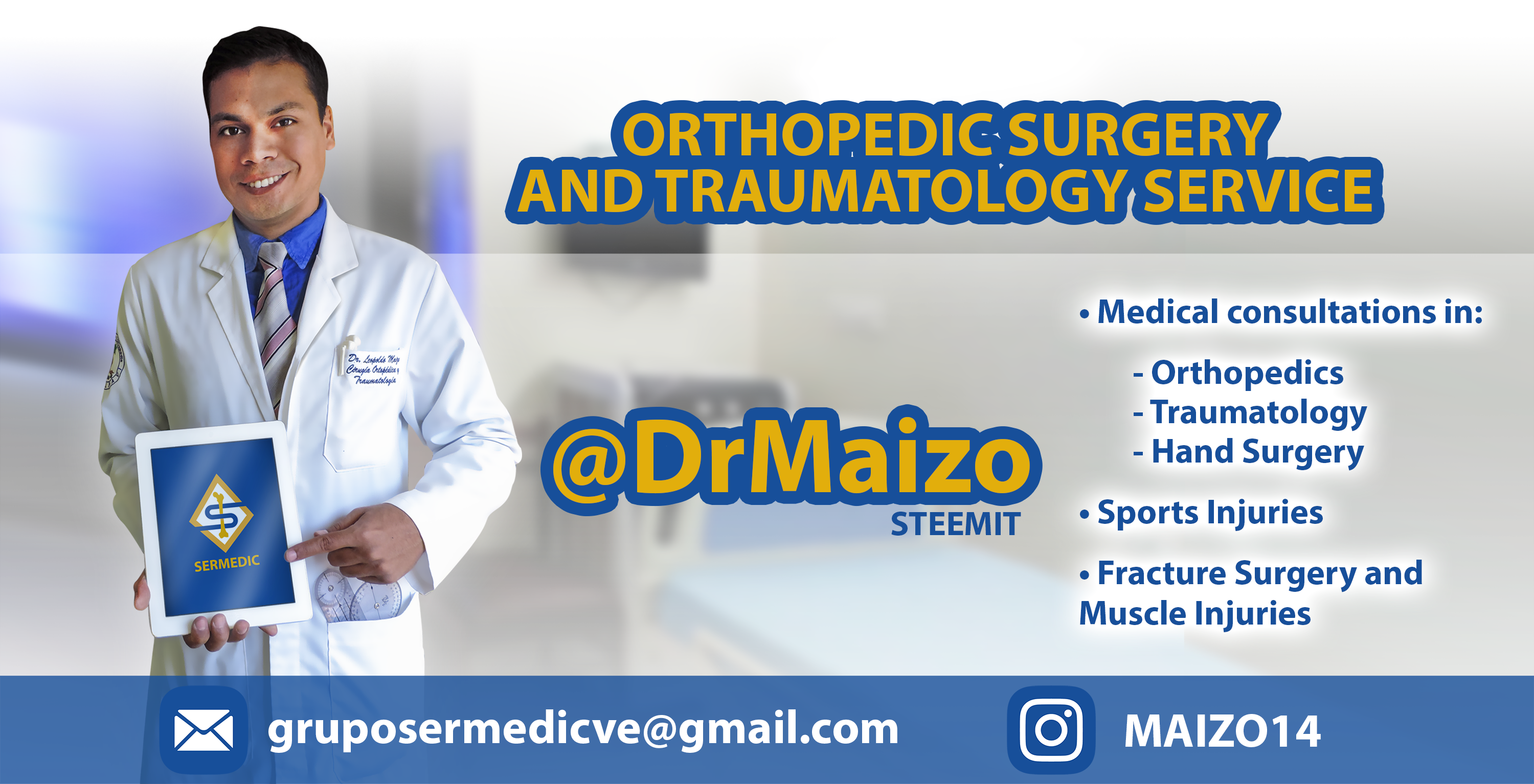
Peri-prosthetic infections
Technological progress has allowed undeniable progress in joint replacement surgery, however peri-prosthetic infections (PPI) remain one of the most serious problems that patients and medical staff face when talking about post-surgical complications. Peri-prosthetic infections (PPI) remain one of the most serious problems that patients and medical staff face when post-surgical complications are discussed. The present work describes the case of a post total arthroplasty infection of the knee in a female patient with bilateral gonarthrosis.

Early postoperative infection
Appears within 1 month after implant. There are local symptoms and signs (pain, erythema, swelling) associated in many cases with infection of the surgical incision. Early post-surgical infection, which is allowed to develop without surgery > 1 month, is considered a chronic infection. It presents dehiscence and suppuration of the surgical wound that extends to the prosthesis; presence of arthrocentesis with positive culture or purulent synovial fluid or surgery proves periprosthetic pus or that the infection of the surgical wound extends to the prosthesis. A synovial fluid with the presence of more than 27,800 leukocytes/µL and more than 89% neutrophils is predictive of early postoperative knee infection. Also a culture of the surgical wound exudate: aerobes and anaerobes. Arthrocentesis: cellularity and synovial fluid cultures for aerobes and anaerobes. Ultrasound to locate peri prosthetic collections, especially on the hip. Percutaneous puncture of peri prosthetic collection: aerobic and anaerobic cultures.
https://cdn.steemitimages.com/DQmSu6ysjp6i8sP17RPH5yc44SWnbJWNSYrd8NjmMZWaEsp/IMG_20190711_130832.jpg




.png)